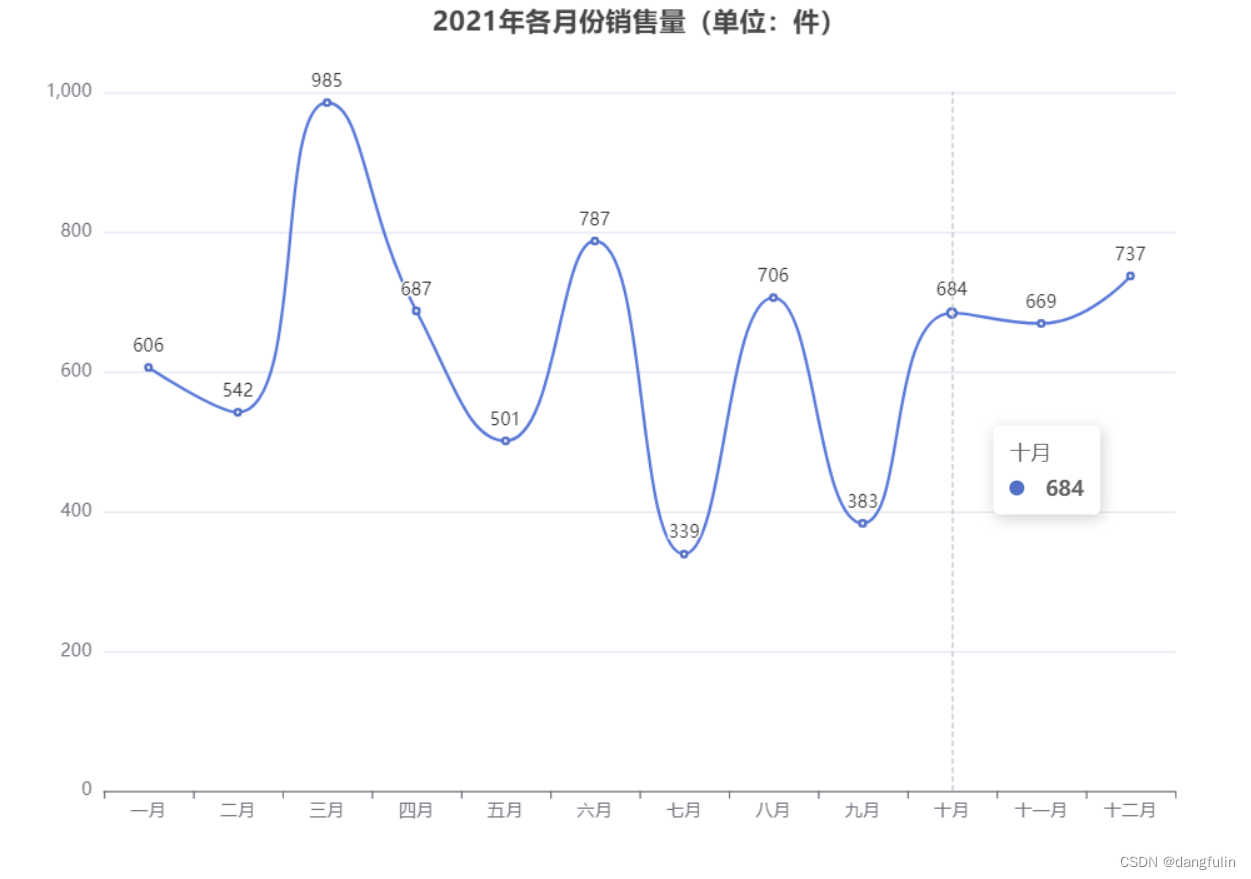Vue官方对插槽的定义
Vue 实现了一套内容分发的 API,这套 API 的设计灵感源自 Web Components 规范草案,将 <slot> 元素作为承载分发内容的出口。
Slot到底是什么
那么Slot到底是什么呢?Slot其实是一个接受父组件传过来的插槽内容,然后生成VNode并返回的函数。
我们一般是使用 <slot></slot> 这对标签进行接受父组件传过来的内容,那么这对标签最终编译之后是一个创建VNode的函数,我们可以叫做创建插槽VNode的函数。
// <slot></slot>标签被vue3编译之后的内容
export function render(_ctx, _cache, $props, $setup, $data, $options) {
return _renderSlot(_ctx.$slots, "default")
}
我们可以清楚看到<slot></slot>标签被Vue3编译之后的就变成了一个叫_renderSlot的函数。
如何使用插槽
要使用插槽那就必须存在父子组件。
假设父组件为一下内容:
<todo-button> Add todo </todo-button>
我们在父组件使用了一个todo-button的子组件,并且传递了Add todo的插槽内容。
todo-button子组件模版内容
<button class="btn-primary"> <slot></slot> </button>
当组件渲染的时候,<slot></slot> 将会被替换为“Add todo”。
回顾组件渲染的原理
那么这其中底层的原理是什么呢?在理解插槽的底层原理之前,我们还需要回顾一下Vue3的组件运行原理。
组件的核心是它能够产出一坨VNode。对于 Vue 来说一个组件的核心就是它的渲染函数,组件的挂载本质就是执行渲染函数并得到要渲染的VNode,至于什么data/props/computed 这都是为渲染函数产出 VNode 过程中提供数据来源服务的,最关键的就是组件最终产出的VNode,因为这个才是需要渲染的内容。
插槽的初始化原理
Vue3在渲染VNode的时候,发现VNode的类型是组件类型的时候,就会去走组件渲染的流程。组件渲染的流程就是首先创建组件实例,然后初始化组件实例,在初始化组件实例的时候就会去处理Slot相关的内容。
在源码的runtime-core\src\component.ts里面

在函数initSlots里面初始化组件Slot的相关内容
那么initSlots函数长啥样,都干了些什么呢?
runtime-core\src\componentSlots.ts

首先要判断该组件是不是Slot组件,那么怎么判断该组件是不是Slot组件呢?我们先要回去看一下上面父组件编译之后的代码:
export function render(_ctx, _cache, $props, $setup, $data, $options) {
const _component_todo_button = _resolveComponent("todo-button")
return (_openBlock(), _createBlock(_component_todo_button, null, {
default: _withCtx(() => [
_createTextVNode(" Add todo ")
], undefined, true),
_: 1 /* STABLE */
}))
}
我们可以看到Slot组件的children内容是一个Object类型,也就是下面这段代码:
{
default: _withCtx(() => [
_createTextVNode(" Add todo ")
], undefined, true),
_: 1 /* STABLE */
}
那么在创建这个组件的VNode的时候,就会去判断它的children是不是Object类型,如果是Object类型那么就往该组件的VNode的shapeFlag上挂上一个Slot组件的标记。
如果是通过模板编译过来的那么就是标准的插槽children,是带有_属性的,是可以直接放在组件实例上的slots属性。
如果是用户自己写的插槽对象,那么就没有_属性,那么就需要进行规范化处理,走normalizeObjectSlots 。
如果用户搞骚操作不按规范走,那么就走normalizeVNodeSlots流程。
解析插槽中的内容
我们先看看子组件编译之后的代码:
export function render(_ctx, _cache, $props, $setup, $data, $options) {
return (_openBlock(), _createElementBlock("button", { class: "btn-primary" }, [
_renderSlot(_ctx.$slots, "default")
]))
}
上面我们也讲过了<slot></slot>标签被vue3编译之后的就变成了一个叫_renderSlot的函数。

renderSlot函数接受五个参数,第一个是实例上的插槽函数对象slots,第二个是插槽的名字,也就是将插槽内容渲染到指定位置 ,第三个是插槽作用域接收的props,第四个是插槽的默认内容渲染函数,第五个暂不太清楚什么意思。
作用域插槽原理
作用域插槽是一种子组件传父组件的传参的方式,让插槽内容能够访问子组件中才有的数据 。
子组件模板
<slot username="coboy"></slot>
编译后的代码
export function render(_ctx, _cache, $props, $setup, $data, $options) {
return _renderSlot(_ctx.$slots, "default", { username: "coboy" })
}
父组件模板
<todo-button>
<template v-slot:default="slotProps">
{{ slotProps.username }}
</template>
</todo-button>
编译后的代码
export function render(_ctx, _cache, $props, $setup, $data, $options) {
const _component_todo_button = _resolveComponent("todo-button")
return (_openBlock(), _createBlock(_component_todo_button, null, {
default: _withCtx((slotProps) => [
_createTextVNode(_toDisplayString(slotProps.username), 1 /* TEXT */)
]),
_: 1 /* STABLE */
}))
}
上面讲过renderSlot函数,可以简单概括成下面的代码
export function renderSlots(slots, name, props) {
const slot = slots[name]
if (slot) {
if (typeof slot === 'function') {
return createVNode(Fragment, {}, slot(props))
}
}
}
slots是组件实例上传过来的插槽内容,其实就是这段内容
{
default: _withCtx((slotProps) => [
_createTextVNode(_toDisplayString(slotProps.username), 1 /* TEXT */)
]),
_: 1 /* STABLE */
}
name是default,那么slots[name]得到的就是下面这个函数
_withCtx((slotProps) => [
_createTextVNode(_toDisplayString(slotProps.username), 1 /* TEXT */)
])
slot(props)就很明显是slot({ username: "coboy" }),这样就把子组件内的数据传到父组件的插槽内容中了。
具名插槽原理
有时我们需要多个插槽。例如对于一个带有如下模板的 <base-layout> 组件:
<div class="container">
<header>
<!-- 我们希望把页头放这里 -->
</header>
<main>
<!-- 我们希望把主要内容放这里 -->
</main>
<footer>
<!-- 我们希望把页脚放这里 -->
</footer>
</div>
对于这样的情况,<slot> 元素有一个特殊的 attribute:name。通过它可以为不同的插槽分配独立的 ID,也就能够以此来决定内容应该渲染到什么地方:
<!--子组件-->
<div class="container">
<header>
<slot name="header"></slot>
</header>
<main>
<slot></slot>
</main>
<footer>
<slot name="footer"></slot>
</footer>
</div>
一个不带 name 的 <slot> 出口会带有隐含的名字“default”。
在向具名插槽提供内容的时候,我们可以在一个 <template> 元素上使用 v-slot 指令,并以 v-slot 的参数的形式提供其名称:
<!--父组件-->
<base-layout>
<template v-slot:header>
<h1>header</h1>
</template>
<template v-slot:default>
<p>default</p>
</template>
<template v-slot:footer>
<p>footer</p>
</template>
</base-layout>
父组件编译之后的内容:
export function render(_ctx, _cache, $props, $setup, $data, $options) {
const _component_base_layout = _resolveComponent("base-layout")
return (_openBlock(), _createBlock(_component_base_layout, null, {
header: _withCtx(() => [
_createElementVNode("h1", null, "header")
]),
default: _withCtx(() => [
_createElementVNode("p", null, "default")
]),
footer: _withCtx(() => [
_createElementVNode("p", null, "footer")
]),
_: 1 /* STABLE */
}))
}
子组件编译之后的内容:
export function render(_ctx, _cache, $props, $setup, $data, $options) {
return (_openBlock(), _createElementBlock("div", { class: "container" }, [
_createElementVNode("header", null, [
_renderSlot(_ctx.$slots, "header")
]),
_createElementVNode("main", null, [
_renderSlot(_ctx.$slots, "default")
]),
_createElementVNode("footer", null, [
_renderSlot(_ctx.$slots, "footer")
])
]))
}
通过子组件编译之后的内容我们可以看到这三个Slot渲染函数
_renderSlot(_ctx.$slots, "header")
_renderSlot(_ctx.$slots, "default")
_renderSlot(_ctx.$slots, "footer")
然后我们再回顾一下renderSlot渲染函数
// renderSlots的简化
export function renderSlots(slots, name, props) {
const slot = slots[name]
if (slot) {
if (typeof slot === 'function') {
return createVNode(Fragment, {}, slot(props))
}
}
}
这个时候我们就可以很清楚的知道所谓具名函数是通过renderSlots渲染函数的第二参数去定位要渲染的父组件提供的插槽内容。父组件的插槽内容编译之后变成了一个Object的数据类型。
{
header: _withCtx(() => [
_createElementVNode("h1", null, "header")
]),
default: _withCtx(() => [
_createElementVNode("p", null, "default")
]),
footer: _withCtx(() => [
_createElementVNode("p", null, "footer")
]),
_: 1 /* STABLE */
}
默认内容插槽的原理
我们可能希望这个 <button> 内绝大多数情况下都渲染“Submit”文本。为了将“Submit”作为备用内容,我们可以将它放在 <slot> 标签内
<button type="submit"> <slot>Submit</slot> </button>
现在当我们在一个父级组件中使用 <submit-button> 并且不提供任何插槽内容时:
<submit-button></submit-button>
备用内容“Submit”将会被渲染:
<button type="submit"> Submit </button>
但是如果我们提供内容:
<submit-button> Save </submit-button>
则这个提供的内容将会被渲染从而取代备用内容:
<button type="submit"> Save </button>
这其中的原理是什么呢?我们先来看看上面默认内容插槽编译之后的代码
export function render(_ctx, _cache, $props, $setup, $data, $options) {
return (_openBlock(), _createElementBlock("button", { type: "submit" }, [
_renderSlot(_ctx.$slots, "default", {}, () => [
_createTextVNode("Submit")
])
]))
}
我们可以看到插槽函数的内容是这样的
_renderSlot(_ctx.$slots, "default", {}, () => [
_createTextVNode("Submit")
])
我们再回顾看一下renderSlot函数
renderSlot函数接受五个参数,第四个是插槽的默认内容渲染函数。

再通过renderSlot函数的源码我们可以看到,
第一步,先获取父组件提供的内容插槽的内容,
第二步,如果父组件有提供插槽内容则使用父组件提供的内容插槽,没有则执行默认内容渲染函数得到默认内容。
以上就是Vue3插槽Slot实现原理详解的详细内容,更多关于Vue3插槽Slot的资料请关注阿兔在线工具其它相关文章!


